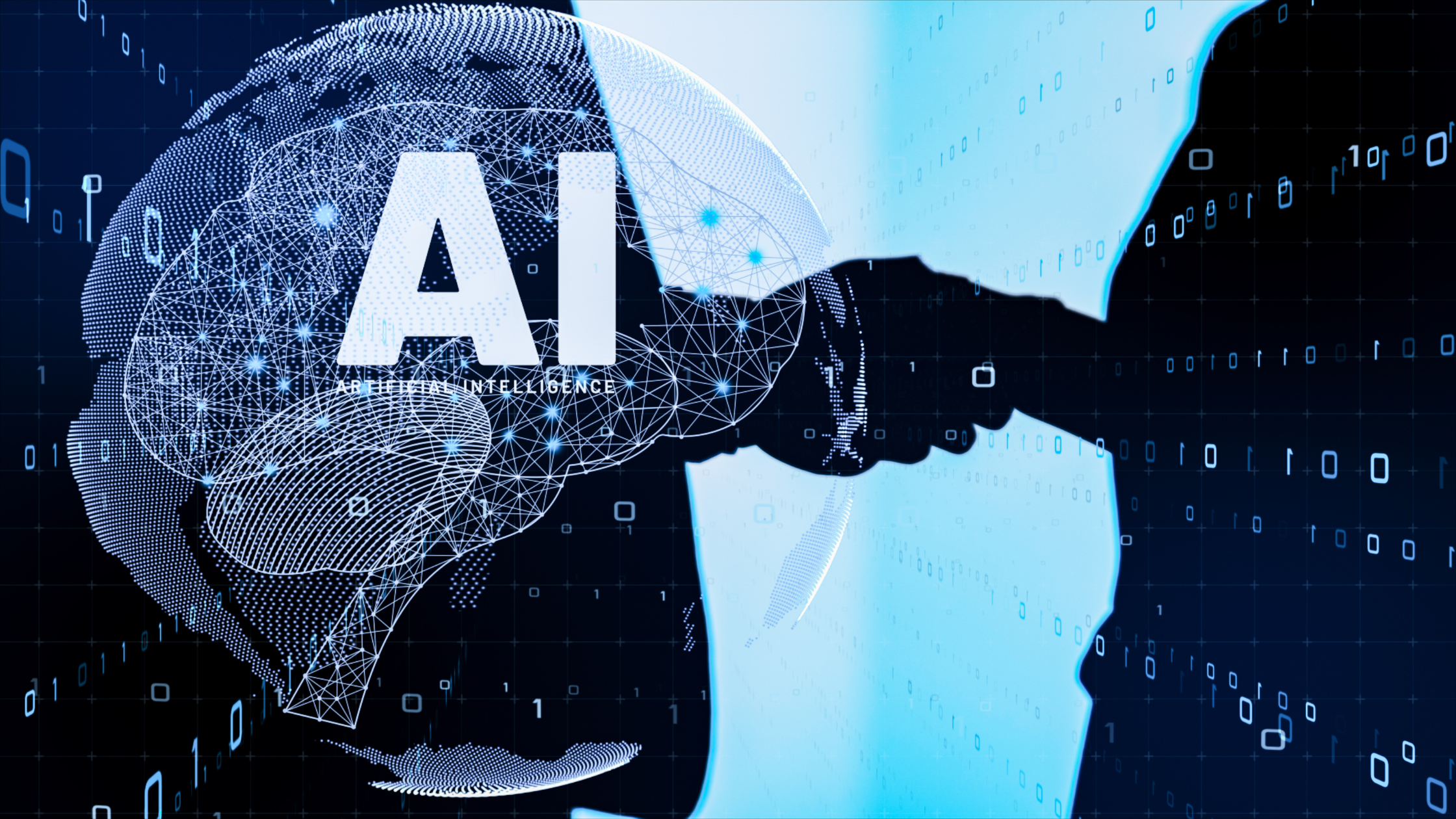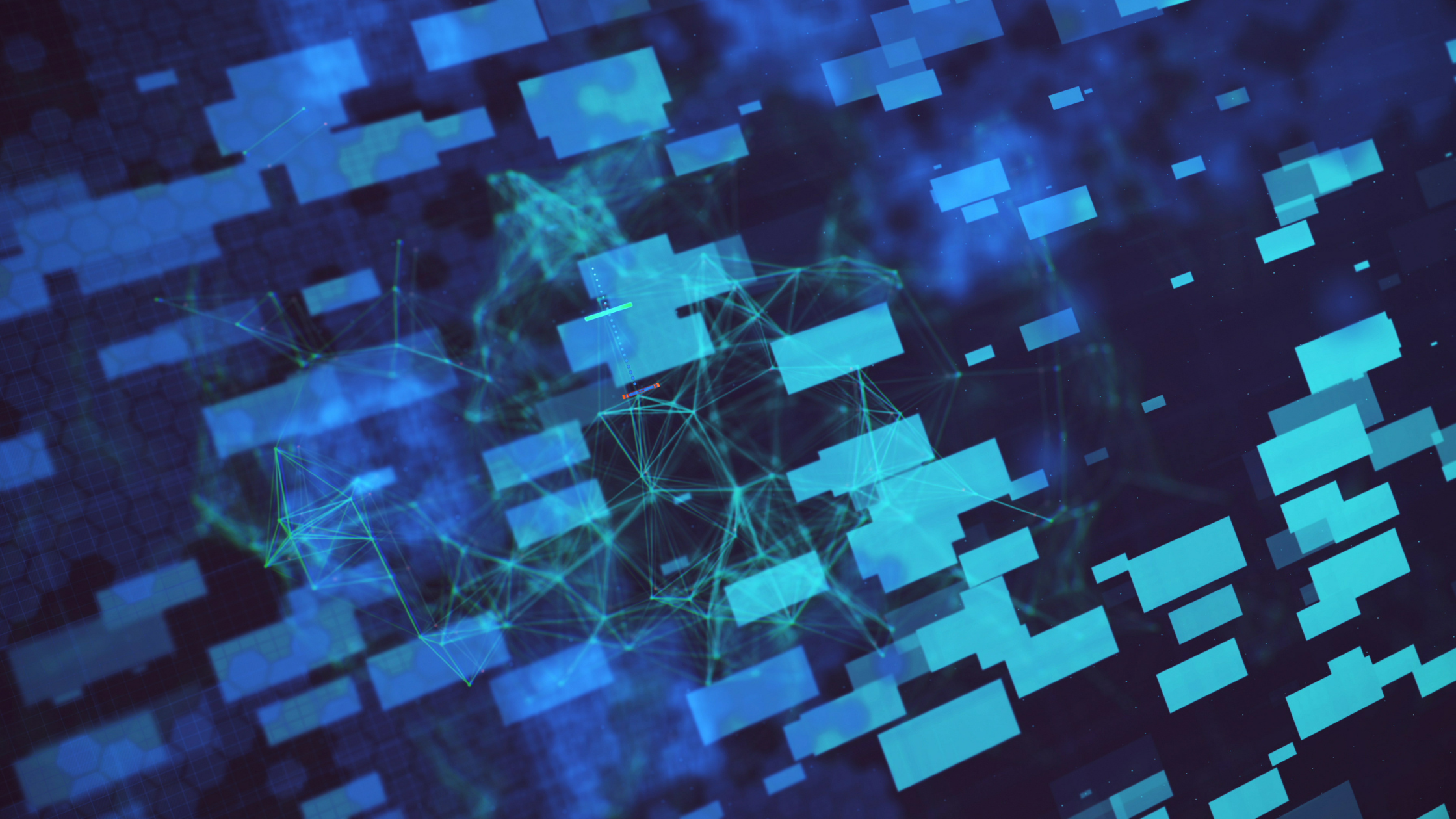Building Privacy into AI: The Strategic Case for Advanced PII Detection

As our world becomes increasingly data-driven, ensuring the privacy and security of Personally Identifiable Information (PII) has become an absolute necessity, not a luxury. Our comprehensive analysis in "The Hidden PII Detection Crisis" and performance benchmarks in "The Specialization Gap: Purpose-Built vs. General Market PII Detection Solutions (Benchmark Results)" demonstrate that traditional, regex-based, open-source PII, and general market PII detection methods have limitations that often result in inaccurate detection and hamper the protection of personal, sensitive, and confidential data.
Beyond Basic Detection: The Complete Privacy Platform
Private AI provides a single API that can simultaneously identify and redact PII, PHI, and PCI data across 50+ languages in text, audio, images, and documents. Other solutions will do detection only, but redaction is left up to the developer, making the total solution much more complex to implement and administer. Additionally, most other services have separate API endpoints for PII, PHI, and PCI, causing organizations to incur further costs and potentially miss important detections in datatypes they had not considered during the initial implementation.
The Synthetic PII Innovation
Private AI can also generate synthetic PII to replace any PII in the input data. The synthetic PII generation system leverages proprietary generative models, resulting in replacement entities that fit the surrounding context. This method has numerous benefits, including:
- Eliminating negative impacts on downstream model training for various tasks (e.g., sentiment analysis, named entity recognition).
- Decreasing re-identification risk: if any personal data are missed, it's very difficult to distinguish between the original data and the synthetic data. This is the concept of “hidden in plain sight” that is often used in HIPAA-compliant de-identification processes.
This capability is crucial because, by making it easy for organizations to incorporate privacy into AI, we ensure that businesses are better equipped to manage personal data, avoid potential legal and financial fallout, and retain the trust of their clientele. The risk may grow exponentially as AI models are trained unknowingly on PII and are then propagated across business units and customer-facing products.
GDPR Sensitive Data Compliance
The GDPR has a category of personal data, known as sensitive data, which has stricter regulations on processing it. Sensitive data includes information such as a person's "racial or ethnic origin, political opinions, religious or philosophical beliefs, or trade union membership, and the processing of genetic data, biometric data, data concerning health, or data concerning a natural person's sex life or sexual orientation" (Art. 9, GDPR).
Unlike Private AI, none of the competitors reviewed in this report have entity types for POLITICAL AFFILIATION, RELIGION, or LANGUAGE. Often, an individual's spoken language(s) indicate their ethnic origin. Sexual orientation terms are only redacted by AWS's supplementary medical redaction service, Google redacts only gender terms, and Azure does not support either category.
The Customer-Driven Approach
One way we ensure that our performance continues to improve is by working on domain-specific tasks and datasets. This is essential given the complex challenges we identified in "Healthcare and Medical Data: The Ultimate PII Detection Challenge" and "Contact Centers, Chat, and Email: PII Detection in Customer Communications." We do this by actively engaging with our customers and incorporating their feedback. By listening to their needs and understanding their particular use cases, we can refine and improve our datasets continuously.
With our continual customer engagement and feedback to improve our datasets, we stand committed to refining the process and making it more adaptable to your unique contexts. Note that any data our customers choose to send us is hand-picked by them and must be de-identified before we receive them. We do not have the ability to see the data our customers process using our products and only collect usage statistics.
The Cultural Shift: Privacy as Ethical Foundation
Our AI-based PII detection product is a crucial ally for businesses to innovate while upholding commitments to users' trust and privacy. This goes beyond just avoiding data breach risks. It spearheads a cultural change in data management where respect for individual privacy is a cornerstone of ethical business practices.
In stark contrast to the performance gaps documented in "The Specialization Gap: Purpose-Built vs. General Market PII Detection Solutions (Benchmark Results)," this study demonstrates our product's superior accuracy, flexibility of deployment, and scalability even in complex, specialized contexts. Whether the text originated from emails, call transcripts, medical data, or chat logs, our models have consistently showcased enhanced performance compared to traditional and even other AI-based competitors.
The Strategic Imperative
Using the methodology detailed in "How to Properly Benchmark PII Detection Solutions," our comprehensive testing across generic and domain-specific data types reveals why specialized, purpose-built PII detection solutions deliver fundamentally different results than general-purpose market alternatives. The performance gaps we documented, where specialized detection achieves 94-99% recall while general market solutions miss 15-46% of PII entities, represent more than technical metrics. They reflect the difference between six years of focused development on PII challenges versus broad-purpose tools adapted for privacy tasks.
The implications extend beyond individual use cases. As demonstrated in "Healthcare and Medical Data: The Ultimate PII Detection Challenge" and "Contact Centers, Chat, and Email: PII Detection in Customer Communications," modern enterprises operate across multiple domains simultaneously, with medical records, customer service transcripts, financial emails, and compliance documentation among them. Each context presents unique challenges that require deep understanding of domain-specific terminology, regulatory requirements, and data patterns. General-purpose solutions cannot match the depth of specialization needed to protect sensitive information across these varied environments.
The Future Vision
Specialized PII detection is an invaluable foundation as businesses navigate an increasingly data-dependent world. This transition need not be a leap of faith but a well-calculated, secure stride into the future. Purpose-built PII detection is poised to be an indispensable pillar in not just a business's data protection strategy but its entire ethical framework.
After all, privacy is not just about staying safe. It's about doing what's right. And about maintaining trust.





































































































